We all have a habit of getting caught up in the fancier (and more fun) parts of pickleball like the Ernes, around-the-post (ATP) shots, and speedups.
Yet, we'd all be so much better if we focused (and practiced) more on the foundational parts of the game instead.
Whether you're a 3.5 or a 5.0, here are three simple ideas you can store in your brain to help you level up your pickleball skills.
Idea No. 1 - There is only one truly bad miss
There are three misses in pickleball:
- Long or out of bounds
- High (allowing our opponents to hit down on the ball)
- Low (into the net)
Of those three, only one will lose the rally 100 percent of the time.
And that's hitting a ball low into the net.
Okay, technically, there is another miss you could lose a rally on every time; you could just completely whiff on the ball. Let's ignore that for now.
When we hit a ball that is too high or could go out of bounds, we can get away with it because our opponent can still make an error on the return (either hitting an obvious out ball or slamming it into the net).
Stuck In Neutral When It Comes To Improving? We’ve Got Three Things To Focus On
Are you finding that your pickleball game isn’t improving like it once did? We’ve got three things you should hone in on if you truly want to get better.
 The Dink PickleballEric Roddy
The Dink PickleballEric Roddy
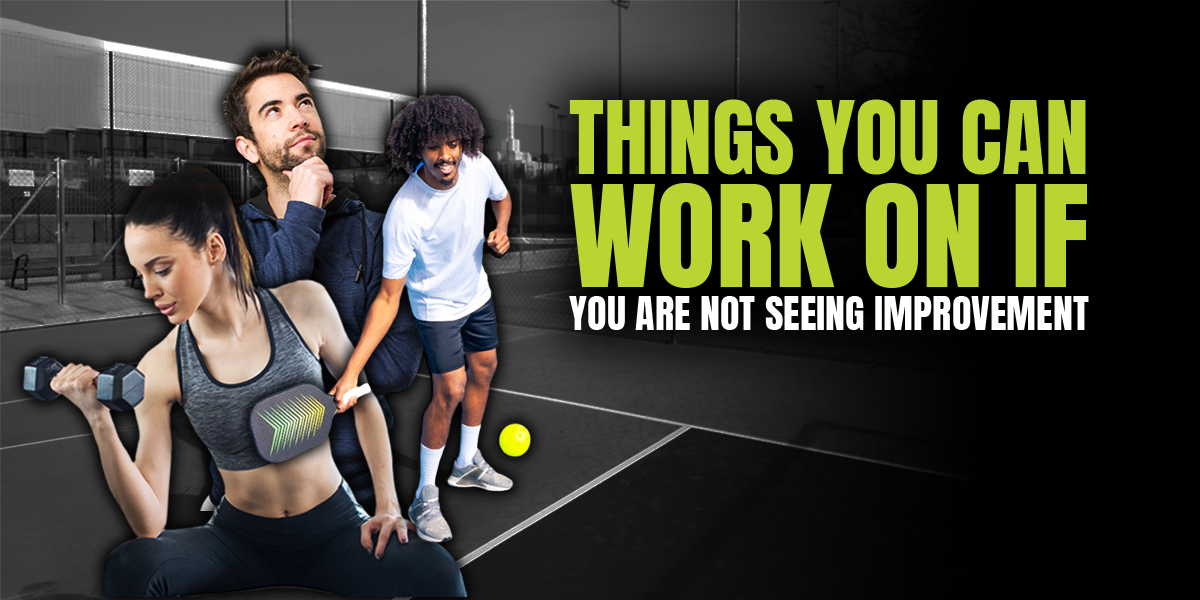
While that error might not win you the rally, it will give you another chance to hit another ball.
When the ball hits the top of the net and falls on your side, there are no more balls to hit – the point is over. You lose.
No matter what shots you love the most – drops or drives – your top priority should be to get it over the net.
It sounds simple, yet we often see players trying to baby their drops or crush drives at 150 mph.
When you're struggling with your drops, aim higher instead of trying to hit it perfectly.
When struggling with your drives, dial it back (to 70 percent) rather than trying to hit it harder.
Keep the ball in play (not into the net), and good things will happen.
Idea No. 2 - Assume the ball is ALWAYS coming back
It wasn't that long ago that speeding the ball up would win a point.
Not anymore.
Players have become much better at countering speedups – at least the first one. Where many amateur players still lack is when the ball comes over the second, third, or fourth time.
This is because many of us lower our paddles after the first counter as though we expect it to win the rally. When the ball comes back, our poor paddle position costs us. We end up swinging too big or too late.
Try the Double Ball Drill Like Jay Devilliers to See the Ball Better
Learn the Double Ball Drill from pro player Jay Devilliers. It can help you build stronger muscles in your eyes and create better reflexes while at the kitchen line.
 The Dink PickleballJason Flamm
The Dink PickleballJason Flamm
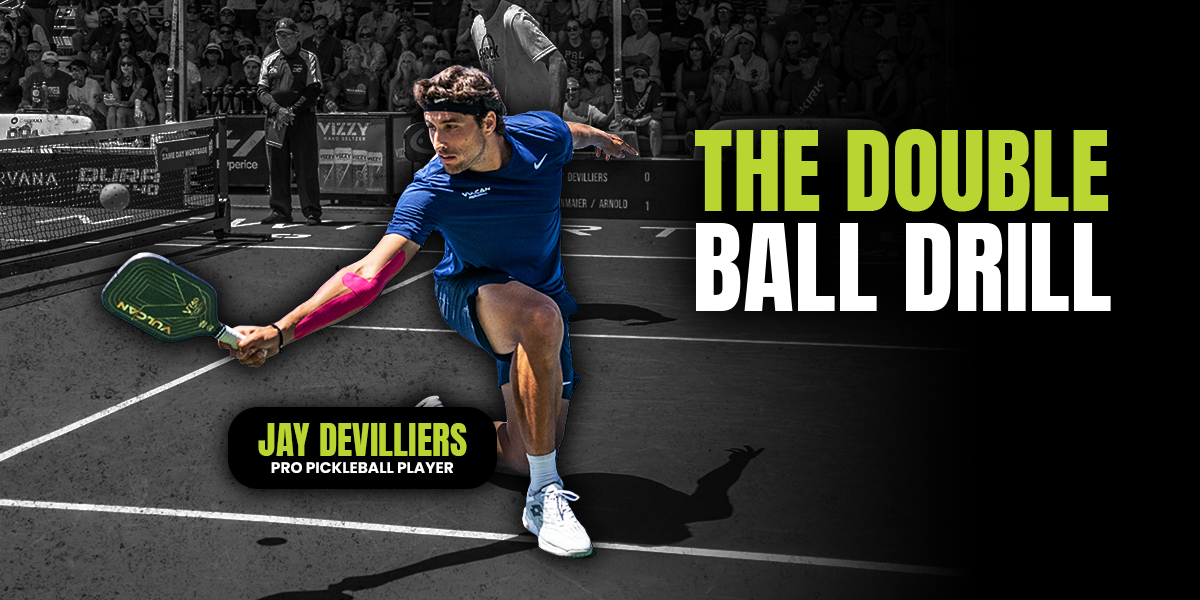
We should always expect the ball to come back.
Changing to that way of thinking will ensure we're ready for every ball, shorten our swings, and help us hit better volleys.
Idea No. 3 - The best prepare early
No, we're not talking about waking up at 4 am and having yourself a solid breakfast before hitting the courts.
Though - not a bad idea.
Preparing early in pickleball means:
- Better paddle positioning
- Better footwork
- More purpose in every shot you take
Let's discuss each.
Prepare your paddle early
Early paddle preparation means placing your paddle where you expect the ball to go instead of waiting for the ball to get there and then swinging at it.
What is Paddle Tracking and How Can it Make You a Better Pickleball Player?
Paddle tracking is an advanced pickleball skill that hardly anyone talks about, yet all high-level players do it. What is it, and how can it help you play better pickleball?
 The Dink PickleballJason Flamm
The Dink PickleballJason Flamm
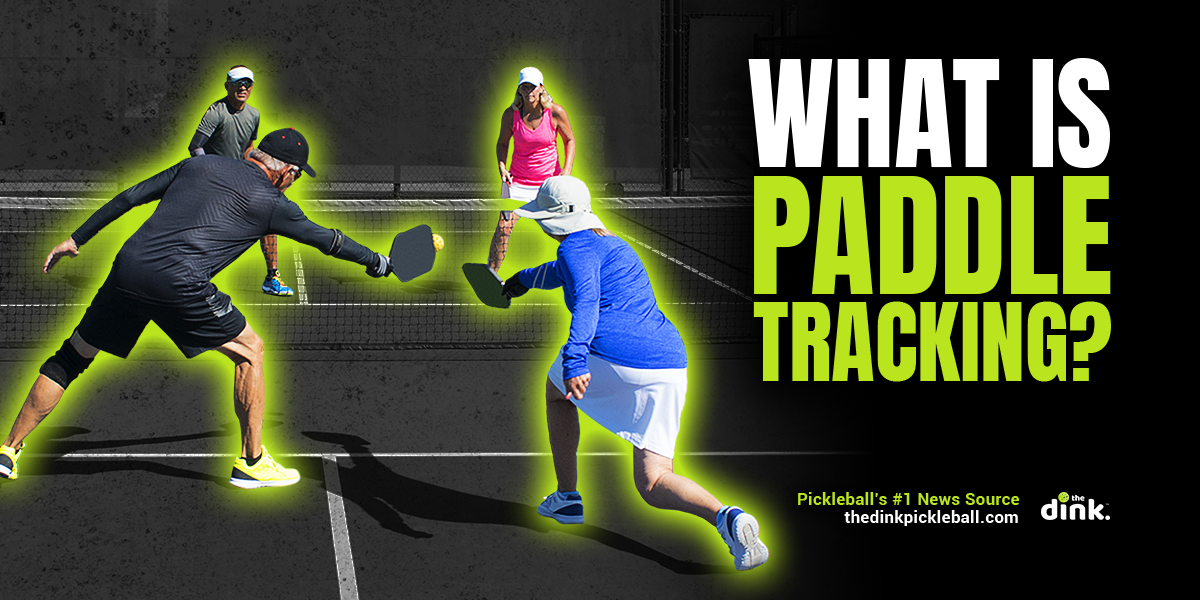
Let that sink in a bit.
Your paddle should be waiting for the ball.
Here are a few screenshots to help you visualize this.
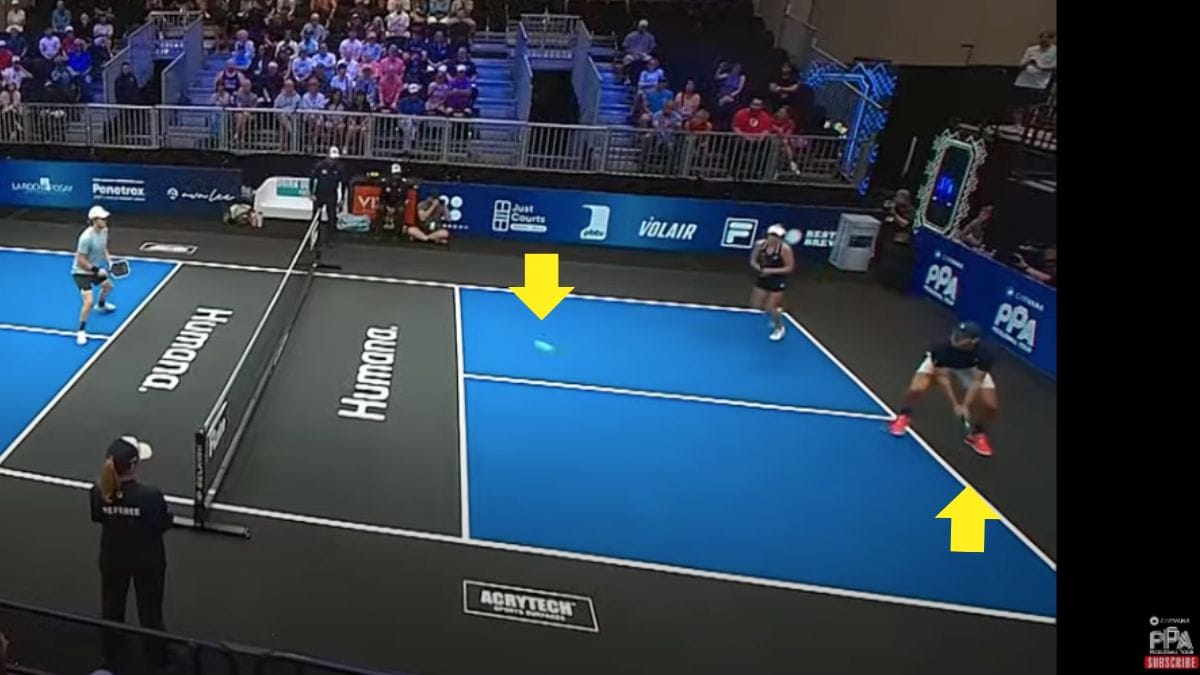
In this shot, Ben Johns has his paddle tip down, waiting for the ball before it bounces on his side of the court. As soon as he reads where the ball is going, his paddle and body are in an optimal position to receive it.
In comparison, this is an image of Genie Bouchard in that same match (not to pick on Genie, but just to illustrate what most of us do instead):
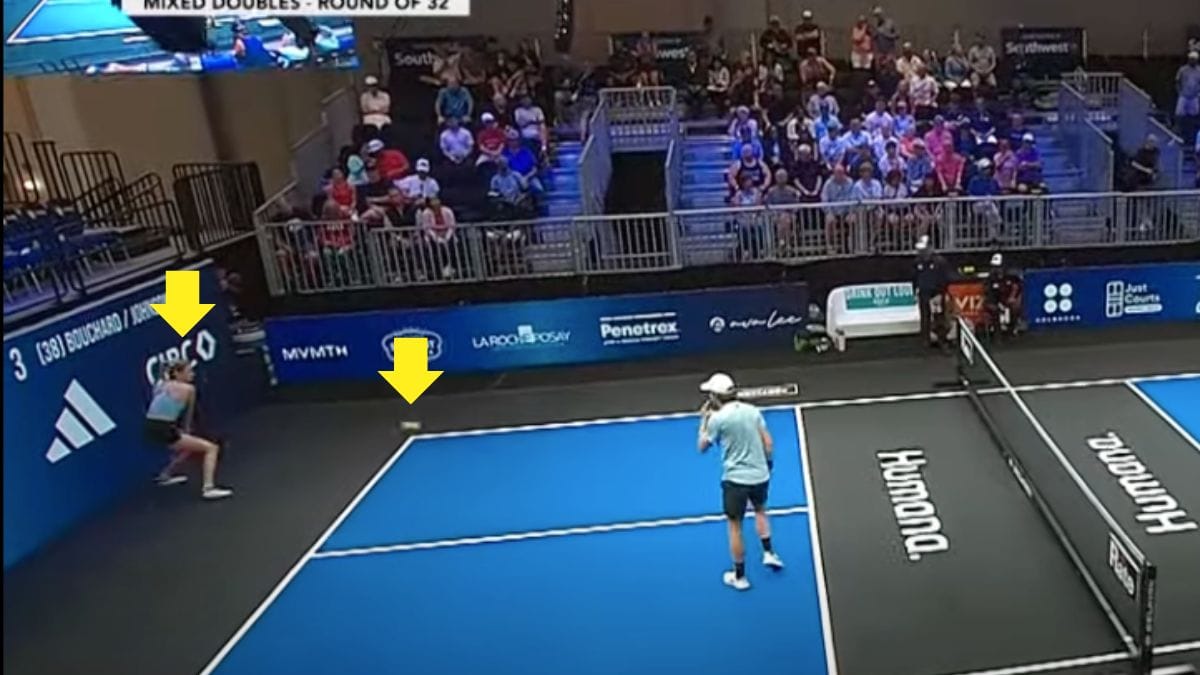
Look at how much longer she waited to get her paddle down. In Ben's image, the ball is just past the kitchen. In this one, the ball is already at the baseline before she's in a similar position.
This resulted in a weak return, allowing her opponents to dictate the point.
Of course, this early prep doesn't just apply to the baseline, where you have more time to prepare. Here's another image of Ben in that same game:
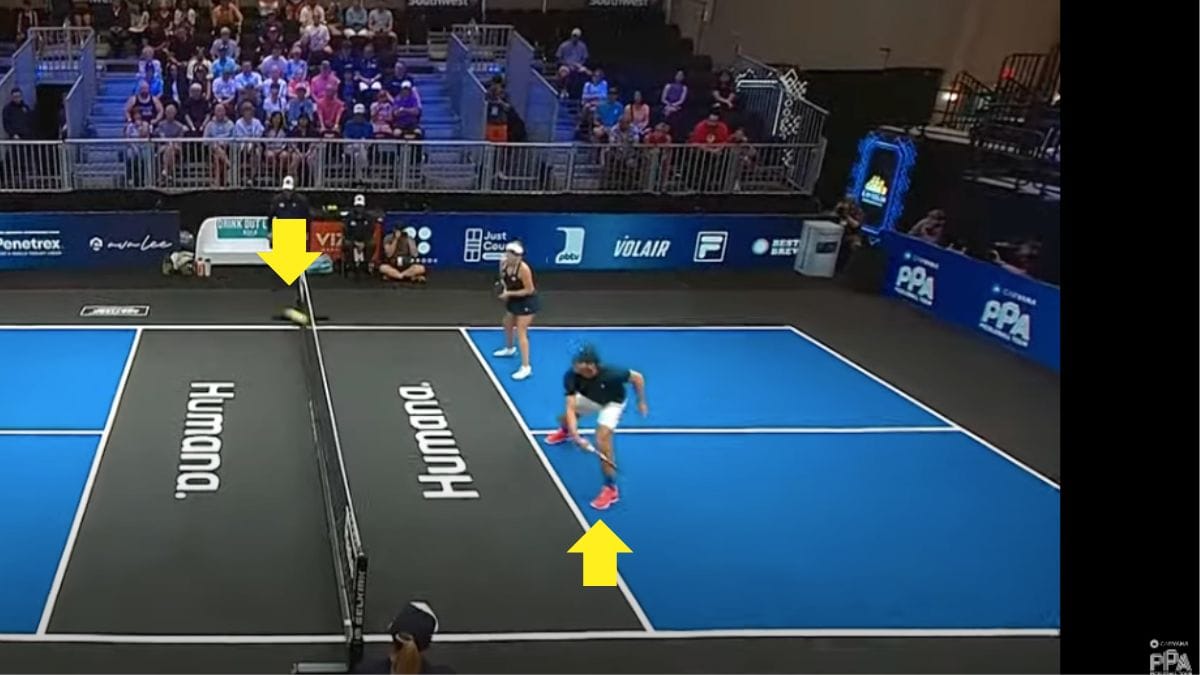
Notice that the ball hasn't even crossed the net yet, and he already has his paddle prepped to strike it.
Here Genie (sorry, Genie) in a similar situation:
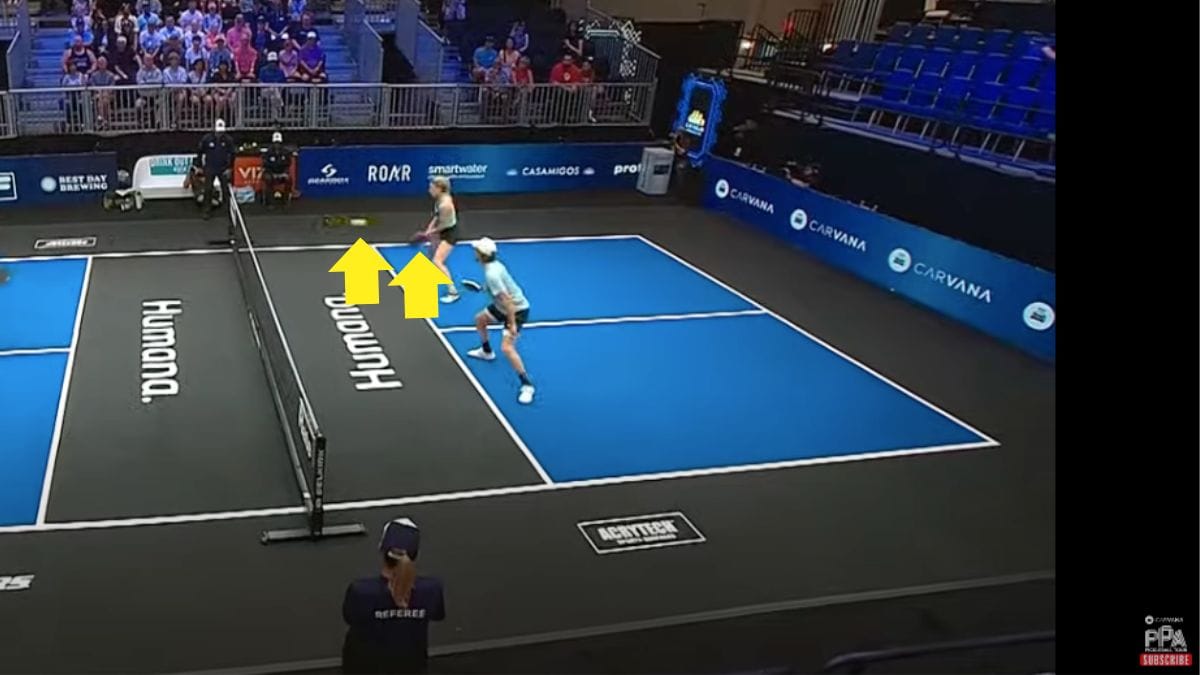
Notice (again) where the ball is – it's almost to her body and her paddle still isn't in its prime position. Her paddle is down, her arms are tucked, and there's very little chance of making solid contact on this ball.
If she had her arms out and her paddle ready, she would already be making contact with the ball.
Unsurprisingly, this resulted in a mishit, and the ball went into the net.
Most of us wait too long to prepare our paddles, which results in poor contact with the ball.
Move your feet, then your arms
Reaching out or lunging for a ball is a fantastic way to pop it up and give your opponent an easy putaway. Instead of trying to reach a ball with your arm, focus on moving your feet first.
This requires you to stay in an athletic position, with your knees slightly bent, and your weight on the balls of your feet.
This position allows you to move forward, backward, or side-to-side.
Even if you lack mobility, practice forcing yourself to take that one extra step toward the ball. You always want to get your body in the proper position first so you're on balance and can make solid contact with the ball.
Place your shot, don't just hit it
Before a match begins, mentally note where you want to hit your different shots. Even if you don't know the players on the other side, there are common areas that typically give people fits.
This includes hitting to their backhand, returning the ball deep, and aiming for the inside foot of the right-side player.
If you simply focused on those three things before every match and made it a point to hit 75 percent of your shots to those areas, you would do very well most of the time.
You can alter that game plan as you gather information about a player (or if you already know what they're strong or weak at).
Three Benefits of Being or Playing With a Lefty in Pickleball
Only 10 percent of the world’s population is left-handed. However, being left-handed or playing with a left-hander can be a huge advantage in pickleball.
 The Dink PickleballJason Flamm
The Dink PickleballJason Flamm
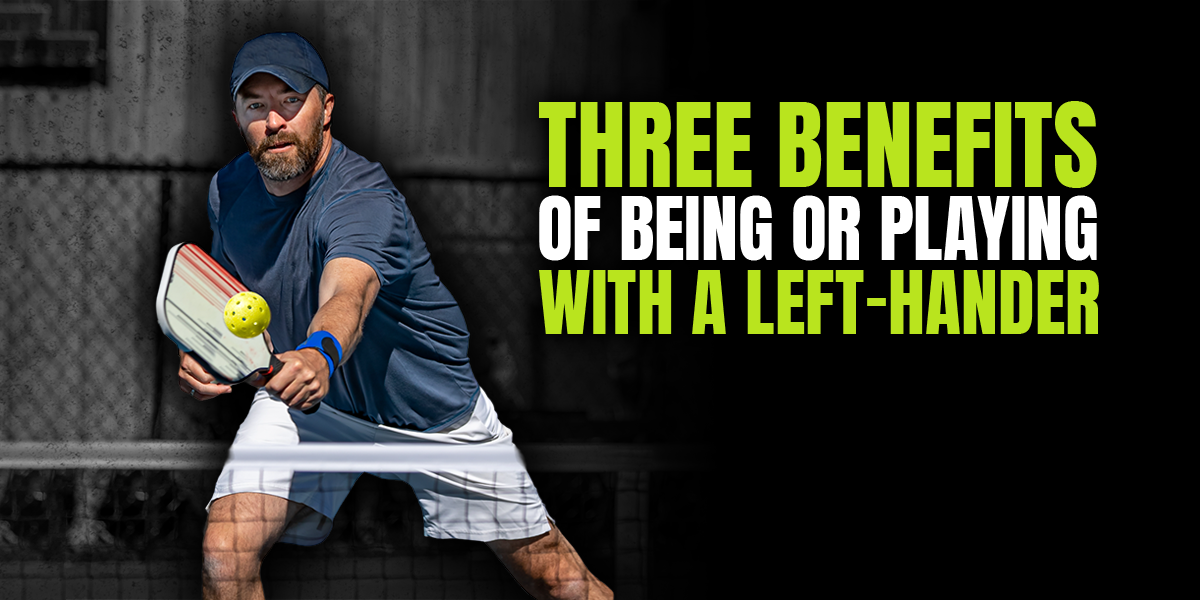
For instance, if you are playing someone left-handed, the inside foot might be a no-fly zone, and their "backhand" is really their forehand.
Be purposeful and mindful about what you're trying to accomplish. Don't just swing and hope it wins.
Bonus Idea: Shorter and simpler is always better
Lately, pickleball content creators (including us) and pros have offered a lot of advice about adding topspin to your shots to become a more dangerous player.
Topspin is the hot new topic, and for good reason. It can add a lot to your shots and cause fits for your opponents.
Tips and Drills To Enhance Your Pickleball Serving Strategy, Spin and Speed
Every point in pickleball starts with a serve. Our resident pro Eric Roddy shares some advice and tips to help you enhance the effectiveness of your serves.
 The Dink PickleballEric Roddy
The Dink PickleballEric Roddy
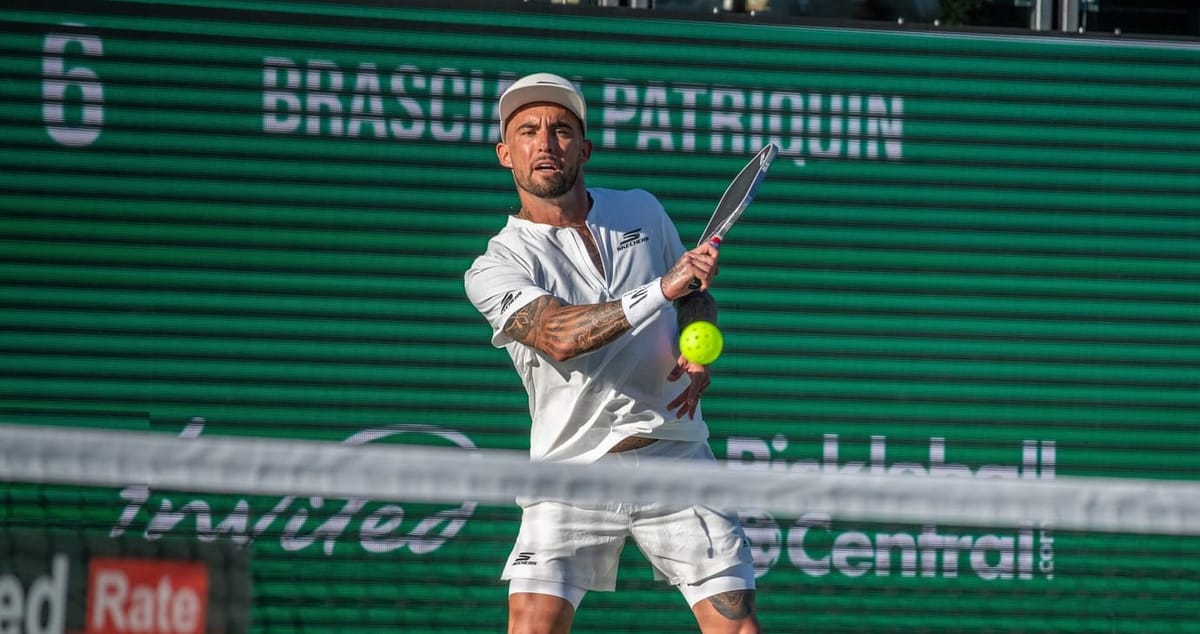
However, if adding that topspin means lengthening your swing or causes you to make too many wrist movements, then you're doing more harm to your game than good.
If trying to add spin is causing you to miss drops or hit the ball too high too often, then consider going back to the basics.
There's nothing wrong with focusing on simple, short swings that produce excellent results. Plenty of professional and high-level players hit flat, solid drops or dinks.
Once you have a strong foundation, you can always add more sophisticated shots to your game. Just don't let those extras cost you more points than they earn.
Pickleball Skill Quiz
Find out your pickleball rating
 Pickleball Skill Quiz
Pickleball Skill Quiz
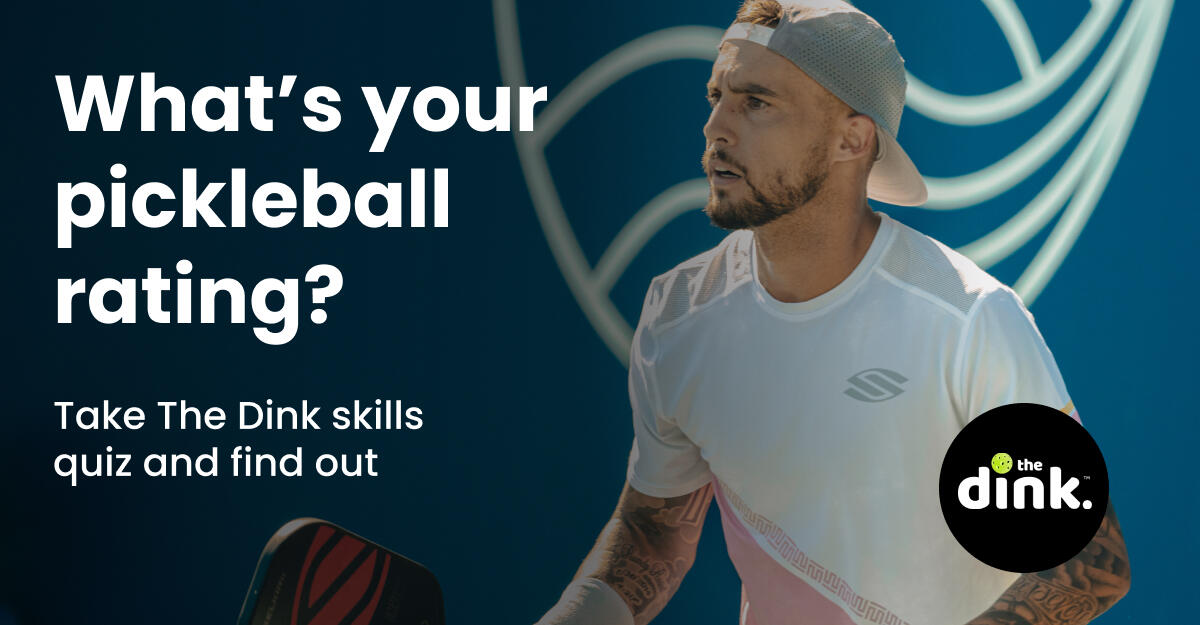
Anuncie Aqui / Advertise Here
Sua marca para o mundo Pickleball! / Your brand for the Pickleball world!

 English
English  Spanish
Spanish  Portuguese
Portuguese  German
German  Italian
Italian  Japanese
Japanese  French
French  Polish
Polish  Russian
Russian  Netherlands
Netherlands  Hungarian
Hungarian  Turkish
Turkish  Videos
Videos 
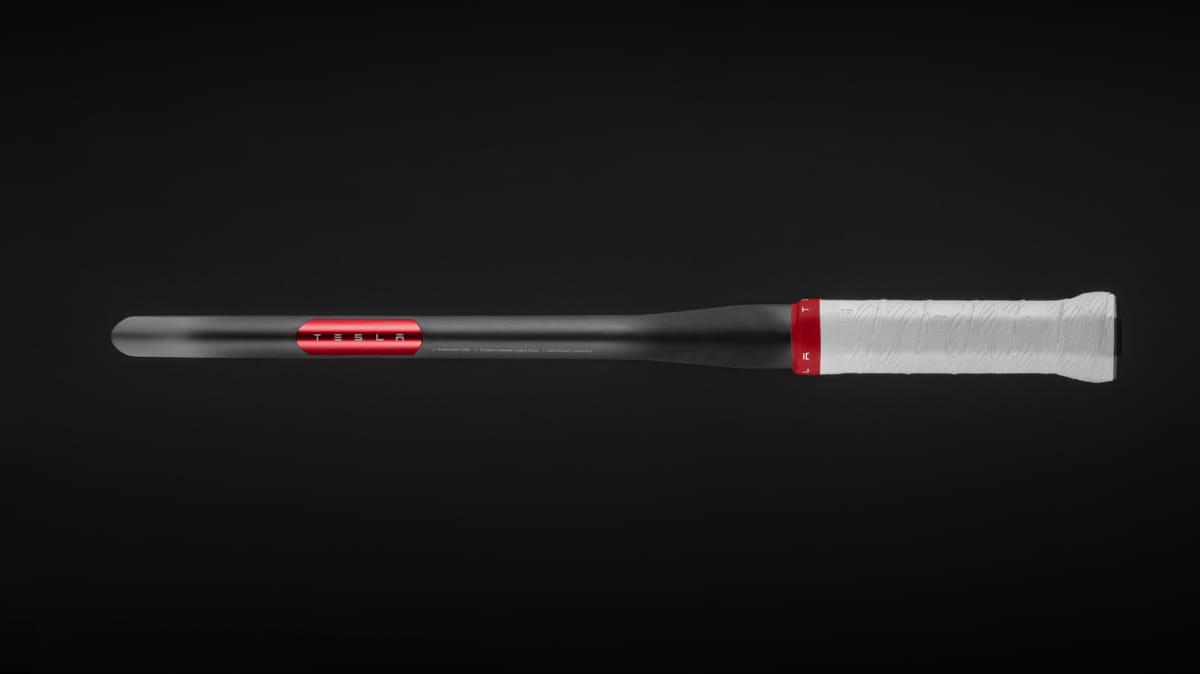
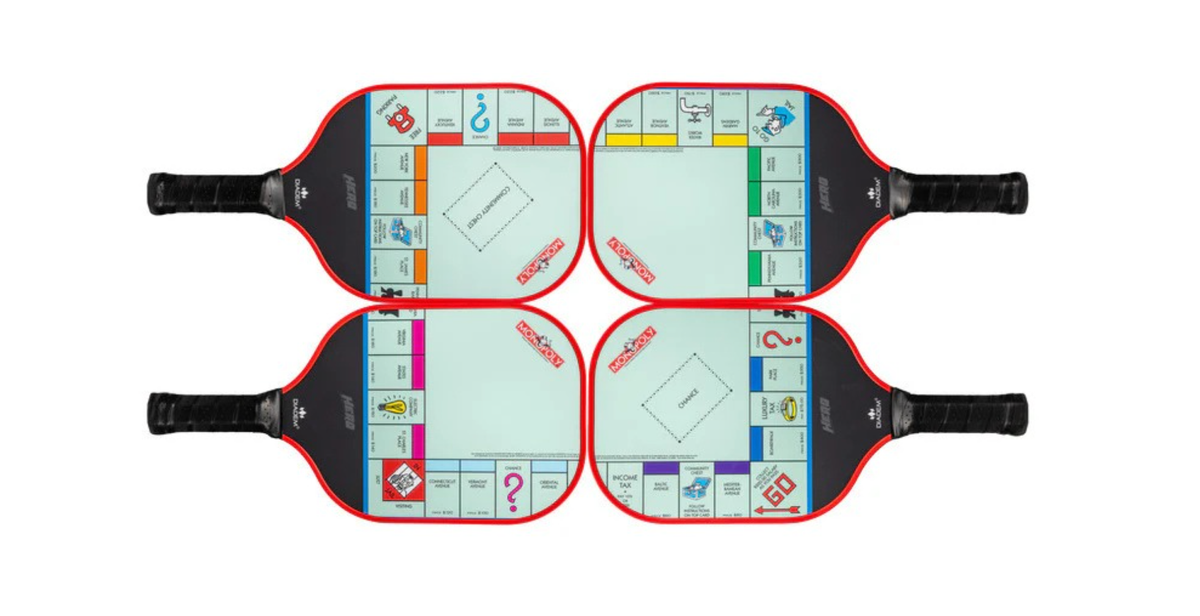
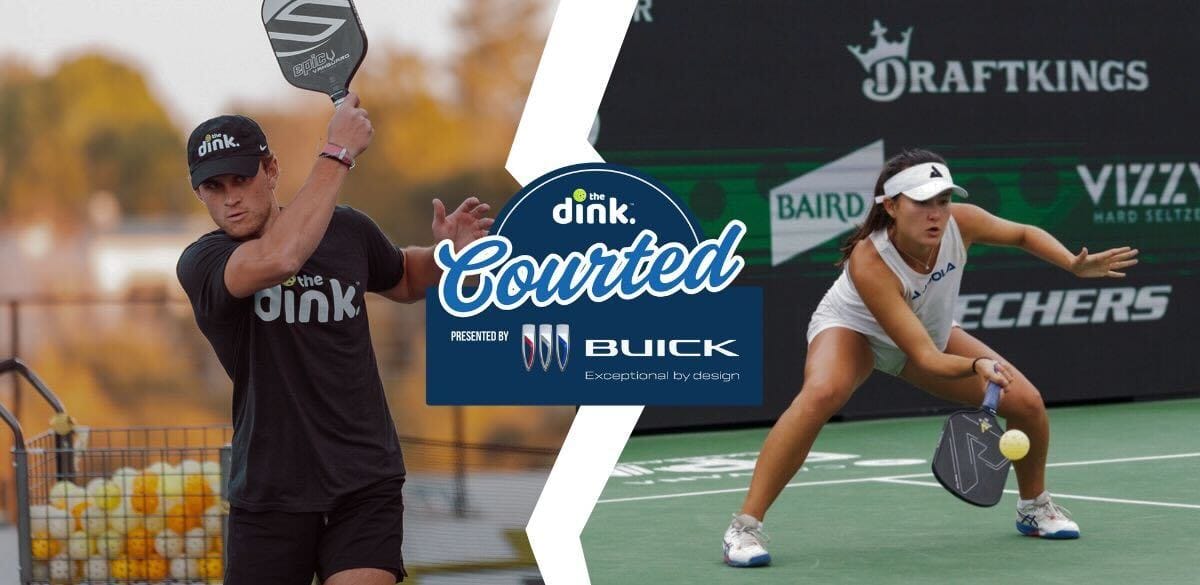
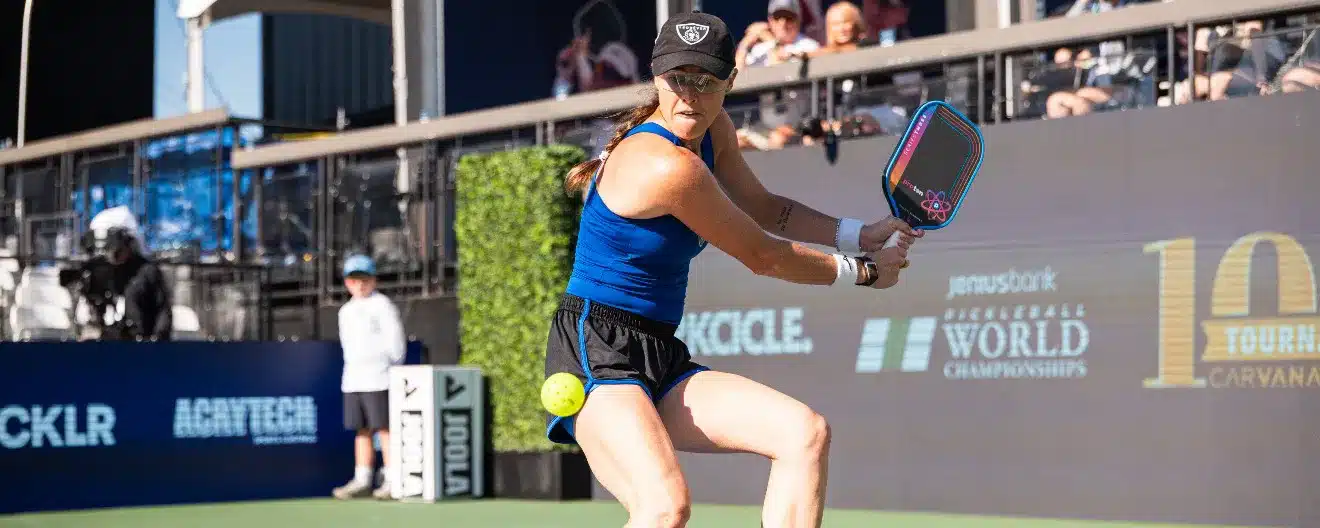




 English (US) ·
English (US) ·  Portuguese (BR) ·
Portuguese (BR) ·